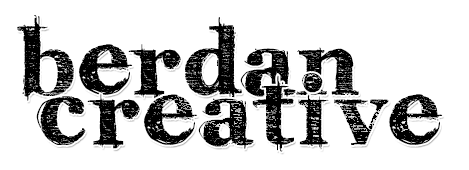I joined LinkedIn in 2006, around the time I attended a workshop from Canadian Women in Communications (now Women in Communications and Technology) about owning your personal brand. I still didn’t know what the platform (or, frankly, career growth… or my personal brand) was really about, just that if I wanted to build my career as a writer in the marketing world, I should really be on LinkedIn. My network started with my three other colleagues at the time (we were a small business) and my professionally inclined family, plus one person about my age who actually knew how to network (I did not) and invited me for coffee just to talk and find common ground (a totally foreign concept to me at the time).
I didn’t know what I was doing or why, and as Facebook grew in popularity and Twitter came about, I found that I gravitated toward those platforms that made sense to me. The former was originally to stay in touch with friends from high school and university, which was easy enough to understand, and the latter seemed to be for people who wanted to hone their pithy comedic skills (hence some of the early inauthentic garbage in my feed), try their hand at packaging up short-form advice as thought leadership regardless of experience (again…), or just connect with community in a meaningful way (which ultimately changed my career path and my life in London).
While I had my networks of choice, I still occasionally dabbled in the world of LinkedIn. I joined a few groups, but rarely participated (a combination of imposter syndrome and being too busy elsewhere). I saw people with HUGE networks, and toyed with the idea of becoming a L.I.O.N., but realized that reaching out to ask for a connection didn’t feel comfortable (especially with all that advice about how asking for a connection without a personalized message was spammy) and I didn’t actually have that many requests to accept. It also didn’t feel like “me” for some reason, though I wasn’t sure why.
Another challenge I had was talking about myself. I had the same challenge with LinkedIn that I had with my resume… I could only figure out how to talk about the facts of what I’d done, not why it mattered or what it accomplished, because that felt like bragging.
It wasn’t until I attended a talk (incidentally, also a WCT event) led by Karen Schulman Dupuis and saw how she positioned herself as an expert through her profile that I thought to myself, “oh… this is a tool I could really use.”
And I have. I have grown my network to include people I admire, and people I’m proud to have worked alongside. I have updated my profile to articulate where I think I add the most personal and professional value, to include things I’m passionate about in the community, and to celebrate professional and community accomplishments that make me incredibly proud of the work I did to achieve them.
As I’ve accomplished more, and as my community profile has grown, I’ve received more requests to connect. At one point, I tried using LinkedIn as a lead generation tool, which led me to some interesting connections. Through the course of that exercise, I realized what it was that didn’t feel “right” about accepting every invitation I receive.
It comes down to why I’m not great at small talk and tend to do best with people who are willing to talk about real life pretty quickly… I deeply value the exchange of ideas and energy, and I simply can’t engage at the level where I can truly add value with a huge, superficial network, so I’ve chosen to ask a simple question before I click accept an an invitation from someone I don’t actually know:
Hi [NAME],
Thanks so much for the invitation. I don’t believe we’ve met in person or online before (my apologies if this is incorrect). Why were you interested in connecting here?
I try to ensure my LinkedIn network includes people I know enough about to know when I might be able to help them or connect them with others.
I find these emails generally helpful in setting a context about why I’m asking for more, and to set the tone for a more authentic connection (or help with the decision to politely hit the ignore button). In the final post in this series, I talk a bit more about why, as a woman, I might be more discerning about my network. In the meantime… do you have any introductory message tips to share?

